Performers
Long Cheng (lead), Marion Ramirez(lead)
Jessica Fisher, Susanna Holub
Jessica Fisher, Susanna Holub
Production Crew
Written, Directed and Produced by Althea Rao
Technical Production
Timothy Bieniosek, Sam Cusumano
Timothy Bieniosek, Sam Cusumano
Music Composition / Sound Design
Nina Keith
Nina Keith
Documentation
Adam Diller, Renee Sevier, Shane D. Scott, Linnea Langkamer, Sam Nuttle
Adam Diller, Renee Sevier, Shane D. Scott, Linnea Langkamer, Sam Nuttle
Special Thanks
Sarah Drury, Rea Tajiri, Merien Soto
Sarah Drury, Rea Tajiri, Merien Soto
"Touch" (2016) is an interactive dance performance that deconstructs the politics of “touch”, manifested through an exploration of physical contact happening between 2 dancers during the course of contact improvisation. Using Smart textiles, 13 audience members collaborated with 2 dancers to visualize the shifting weight, pressure and movements between the dancers and participants, creating an immersive light projection and sound experience. Issues of race, culture, gender and age were discussed with the radical implications of the act of touching.
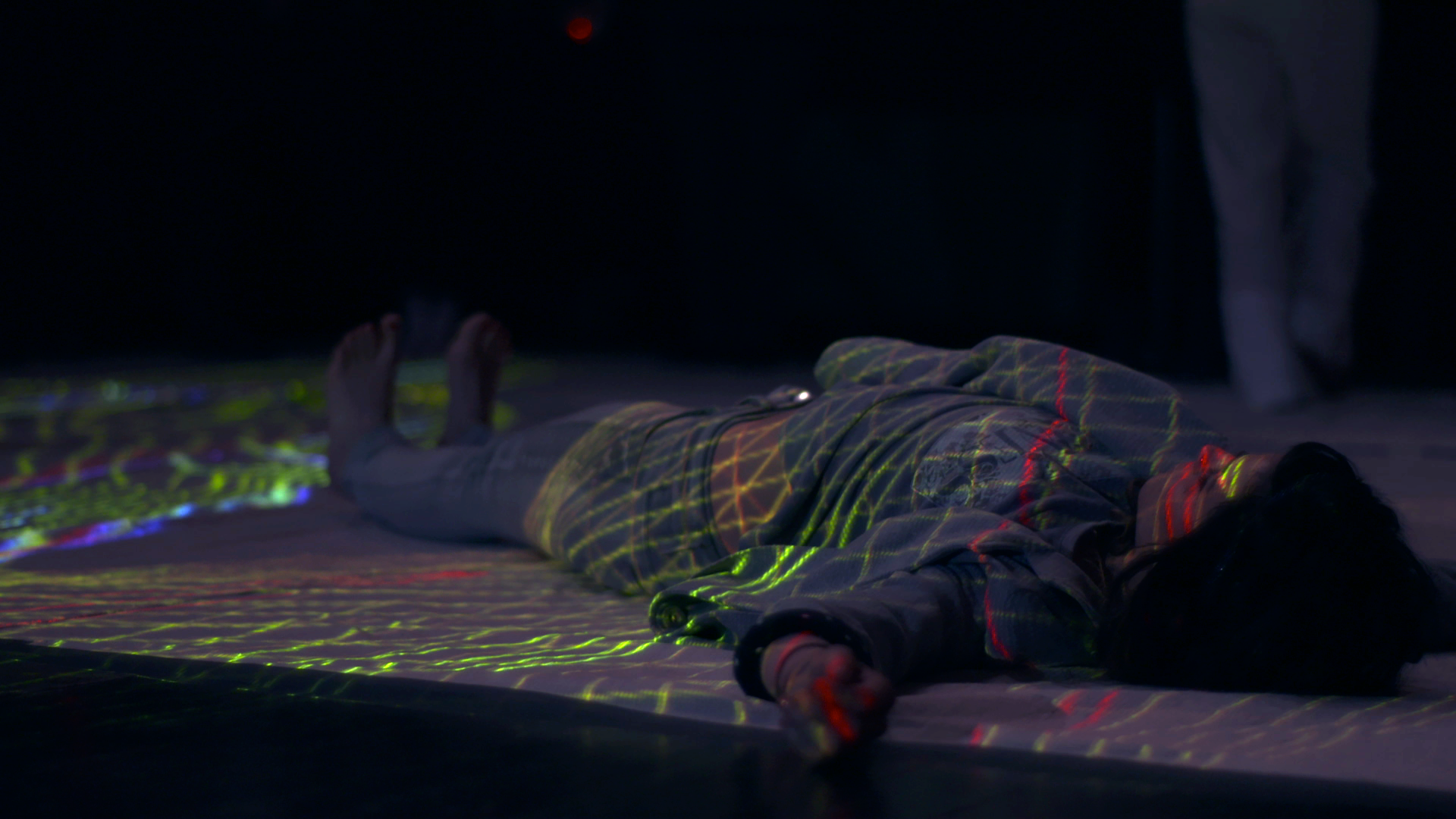
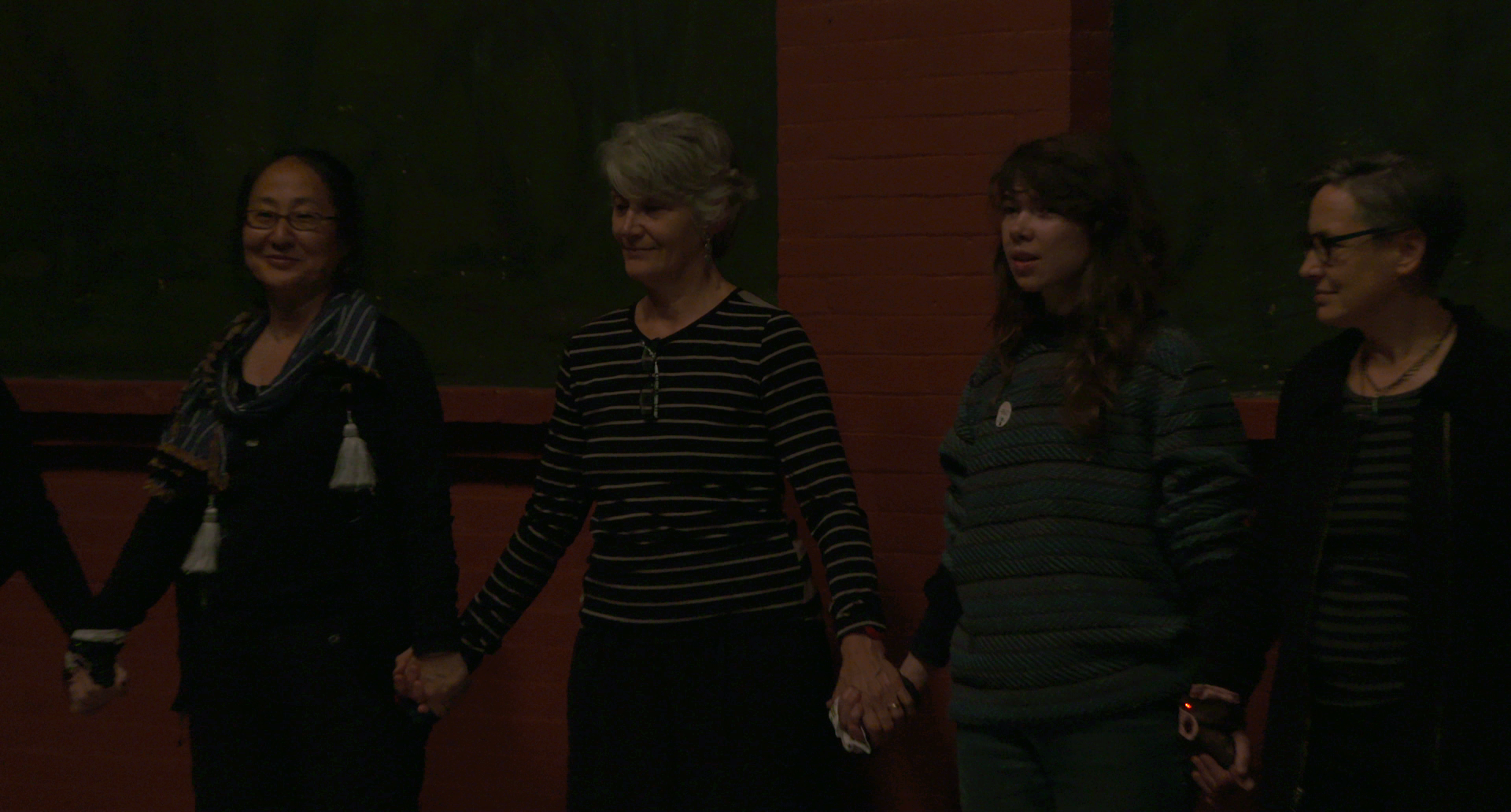
Scripting the Experience
The changing dance, light and sound that took place in the performance was a result of real time audience-dancer interaction. I scripted the audience engagement process and rehearsed with staffs and performers to ensure that verbal and non-verbal cues would be given out in particular orders to direct the audience member's attention and action, manage their expectations and reactions, so the various dynamic elements happening in the physical space during the performance would make sense to them in meaningful ways.

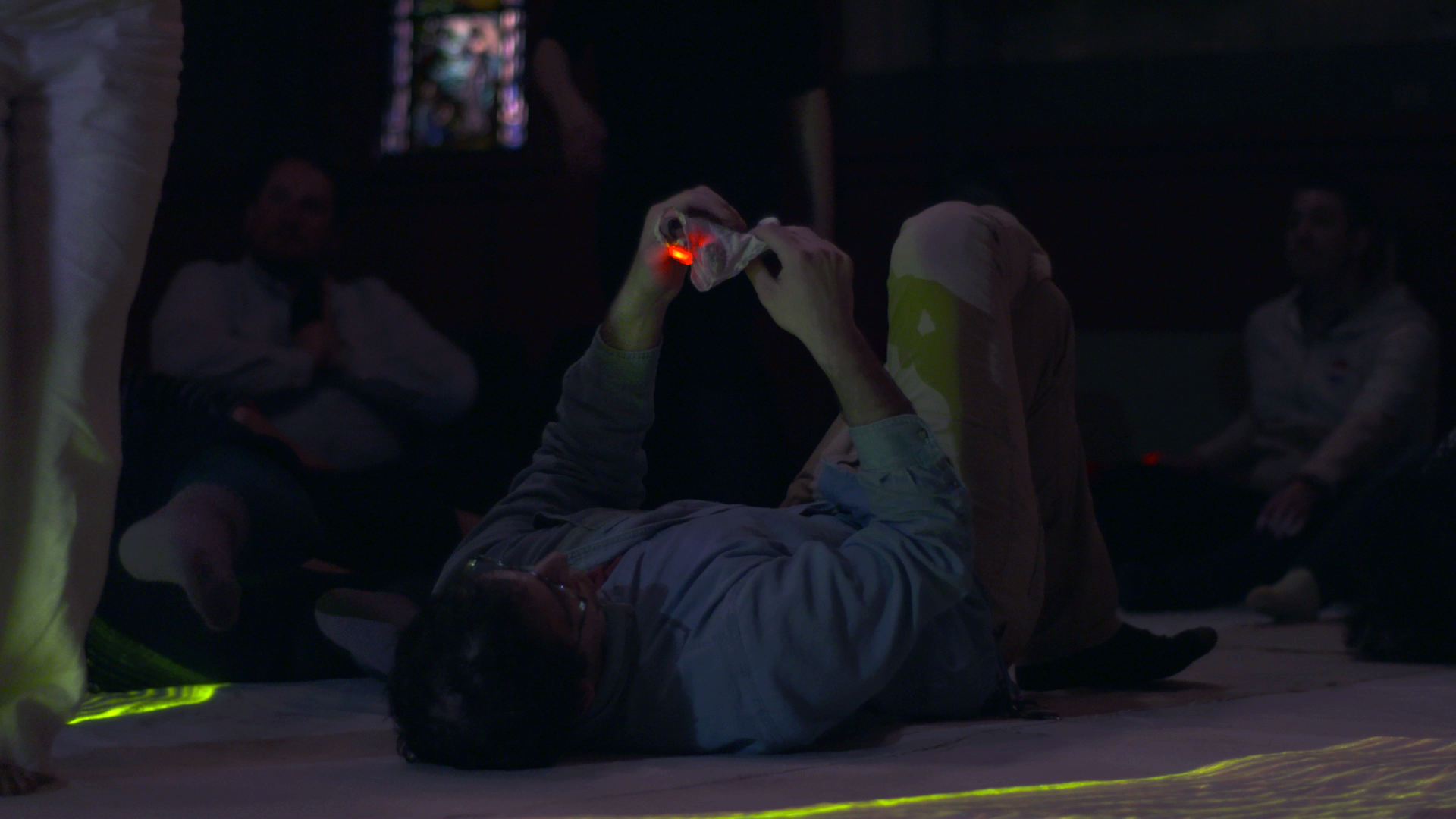
Touch Sensing Glove: Cotton and Silk Fabric, Polyester Thread, Buttons, Micro-controller (Cactus Micro Rev2 Arduino compatible plus Esp8266), Conductive Woven, Pressure Sensitive Conductive Sheet (Velostat), Conductive Thread, Non-Conductive Plastic Sheets, Batteries
The touch sensing glove is a hybridization of a hand-sewn fingerless right-hand glove, 5 carefully positioned pressure sensitive touch pads and a wifi-enabled Arduino. During the performance, 13 gloves worn by 13 hand-holding users were connected to a private wifi network, transmitting real time pressure data to visual generative program Processing and audio generative program Ableton.
The users were asked to remain holding hands with one another. They were instructed to observe the contact improvisation and mimic the amount of weight exchange between the dancers with their holding hands. The gloves were dedicated to sense the changing force between the holding hands inspired by the dance and agreed upon by two adjacent participants who could only negotiate their interpretation of the dance through deciphering the way their hands were squeezed.
Every registered number was a common ground reached by two collaborators. These numbers then caused fluctuations in sound and lightings, providing seeds for the improvisation dancers to generate new movements.
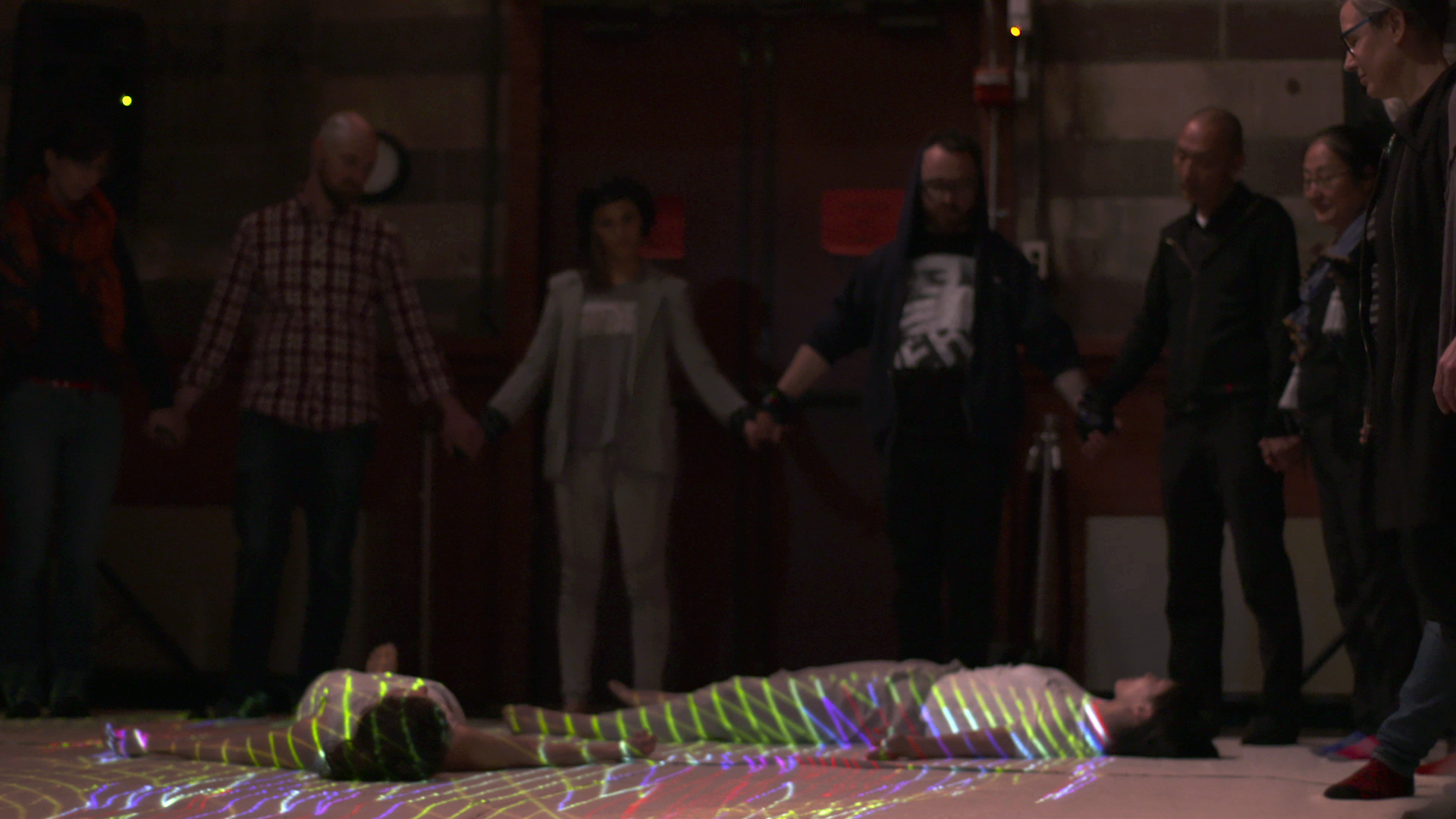
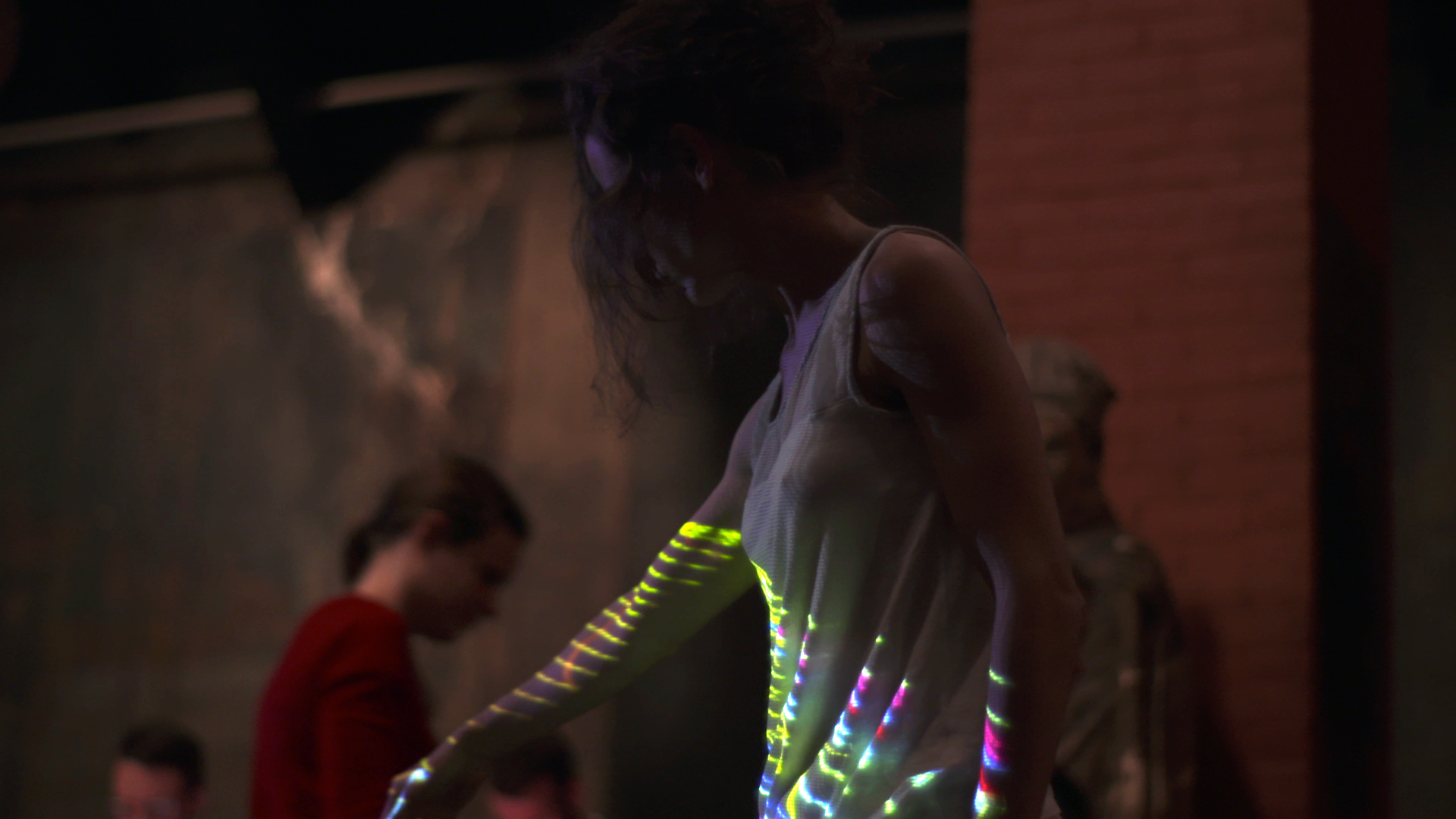
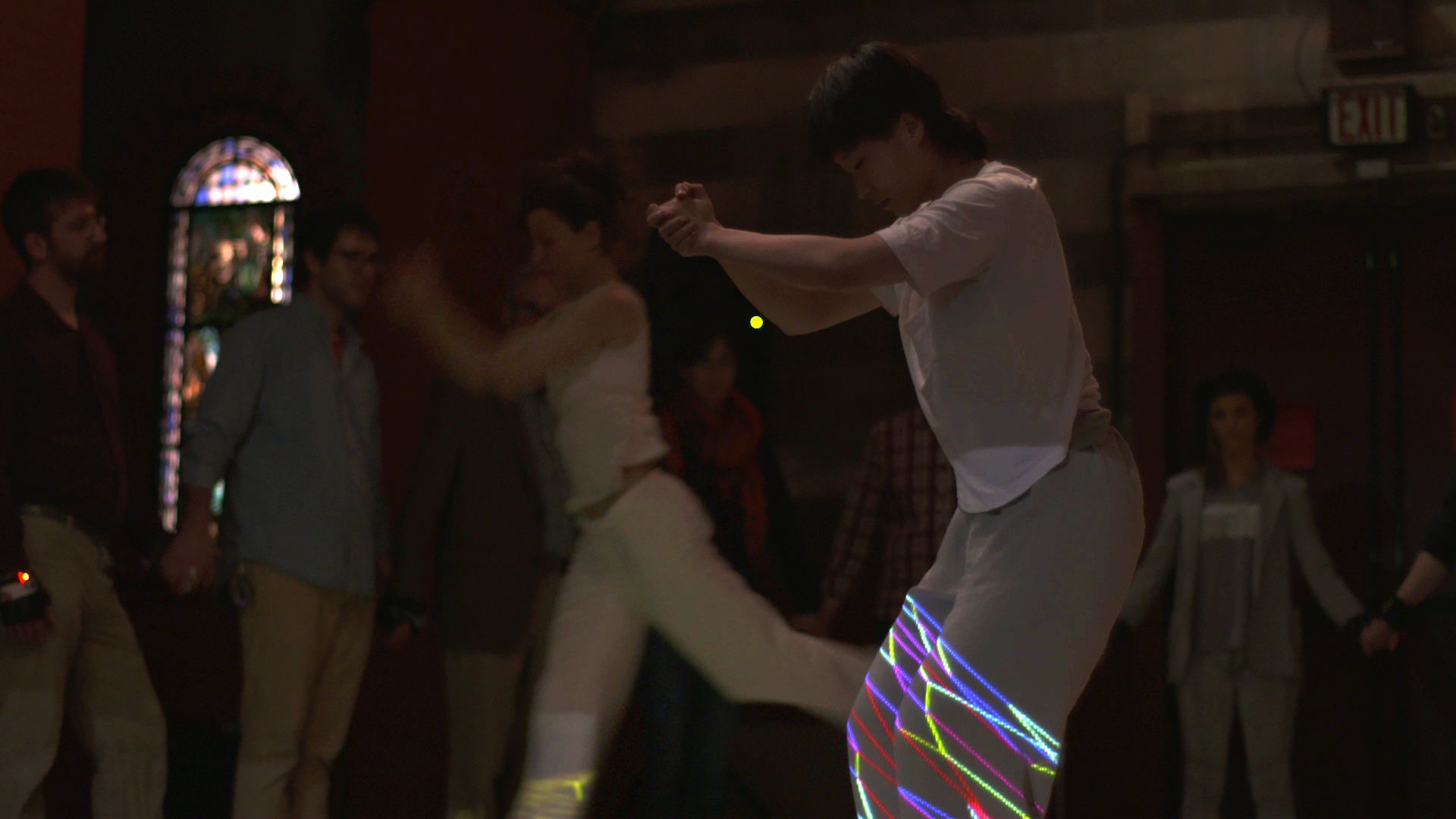
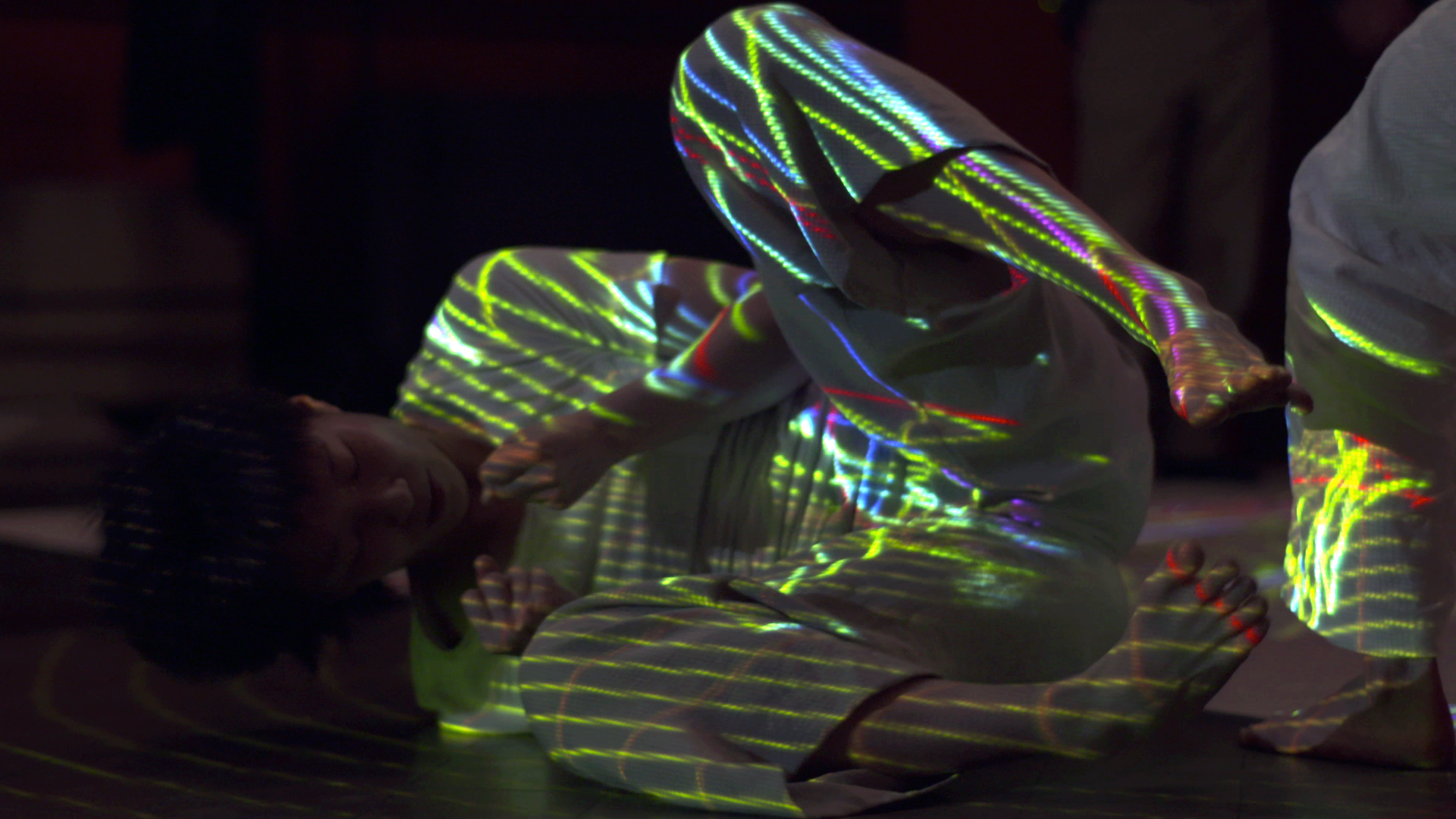
There are many ways of defining the dance form Contact Improvisation.
Contact improvisations are spontaneous physical dialogues that range from stillness to highly energetic exchanges. Alertness is developed in order to work in an energetic state of physical disorientation, trusting in one's basic survival instincts. It is a free play with balance, self-correcting the wrong moves and reinforcing the right ones, bringing forth a physical/emotional truth about a shared moment of movement that leaves the participants informed, centered, and enlivened. —early definition by Steve Paxton and others, 1970s, from CQ Vol. 5:1, Fall 1979
Contact Improvisation is an open-ended exploration of the kinaesthetic possibilities of bodies moving through contact. Sometimes wild and athletic, sometimes quiet and meditative, it is a form open to all bodies and enquiring minds. —from Ray Chung workshop announcement, London, 2009
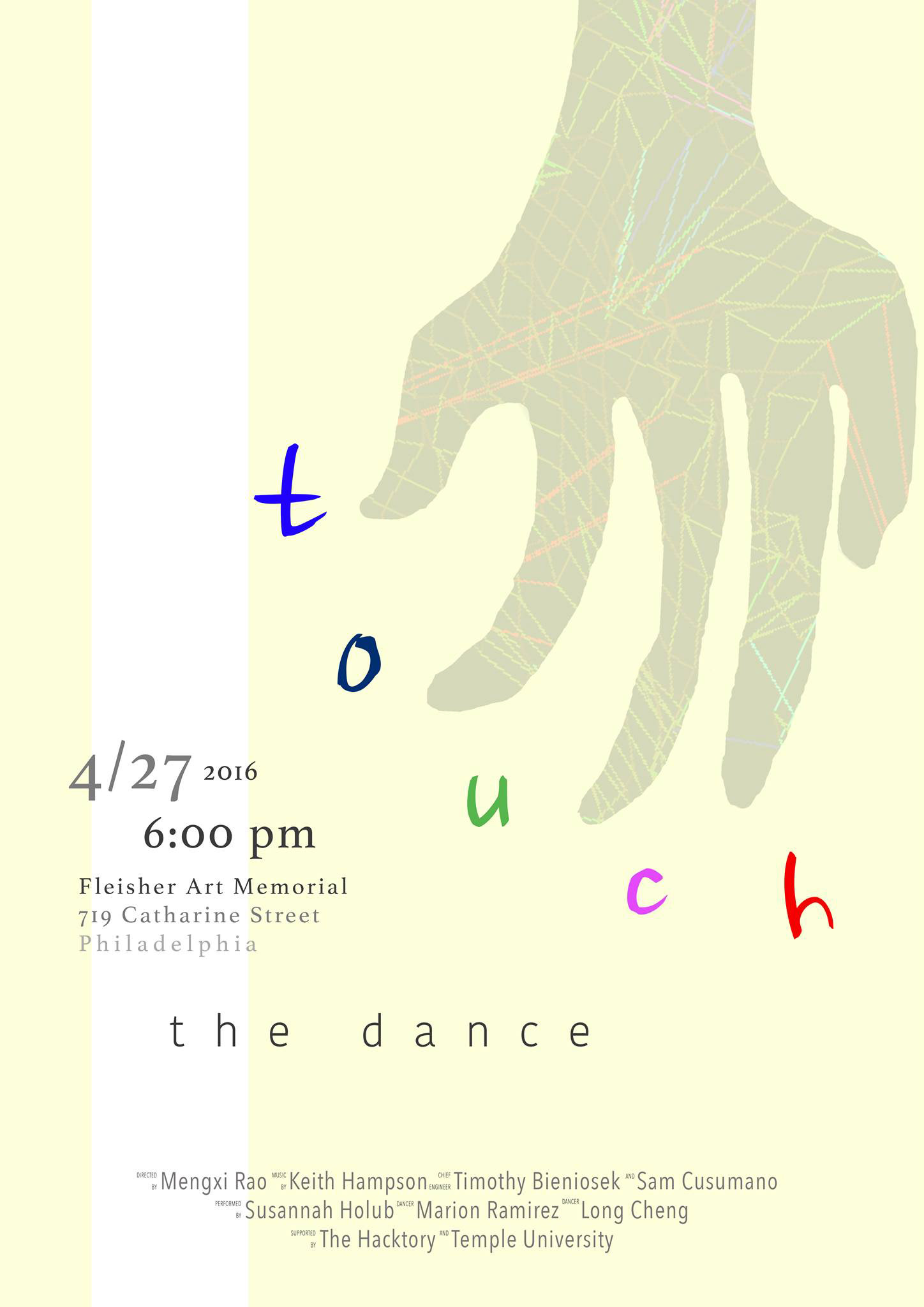
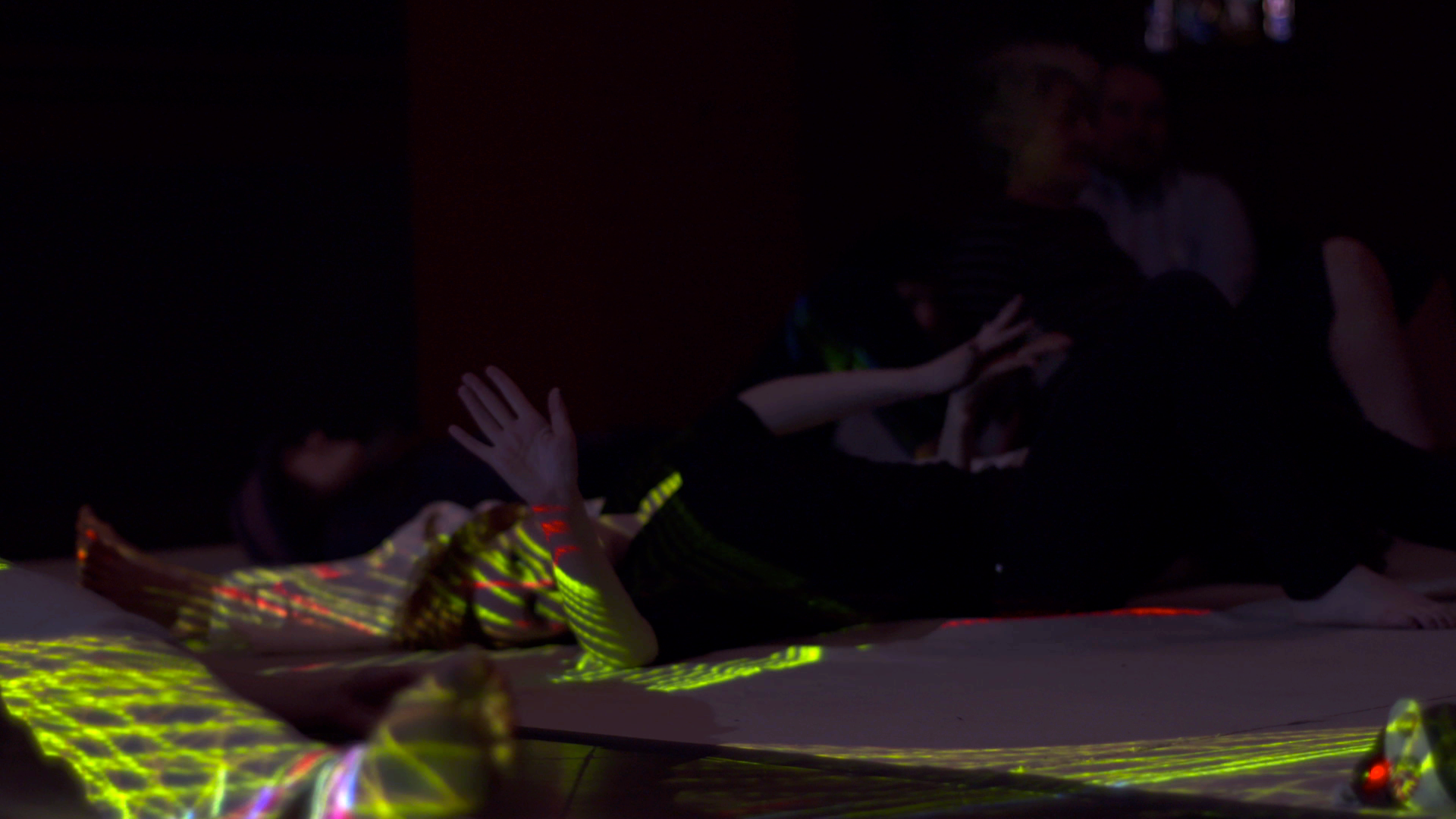
The performance premiered in April 2016 at Fleisher Art Memorial (Philadelphia) during its Sanctuary Series, and a stripped down version was presented at the Philadelphia Museum of Art in May 2017.